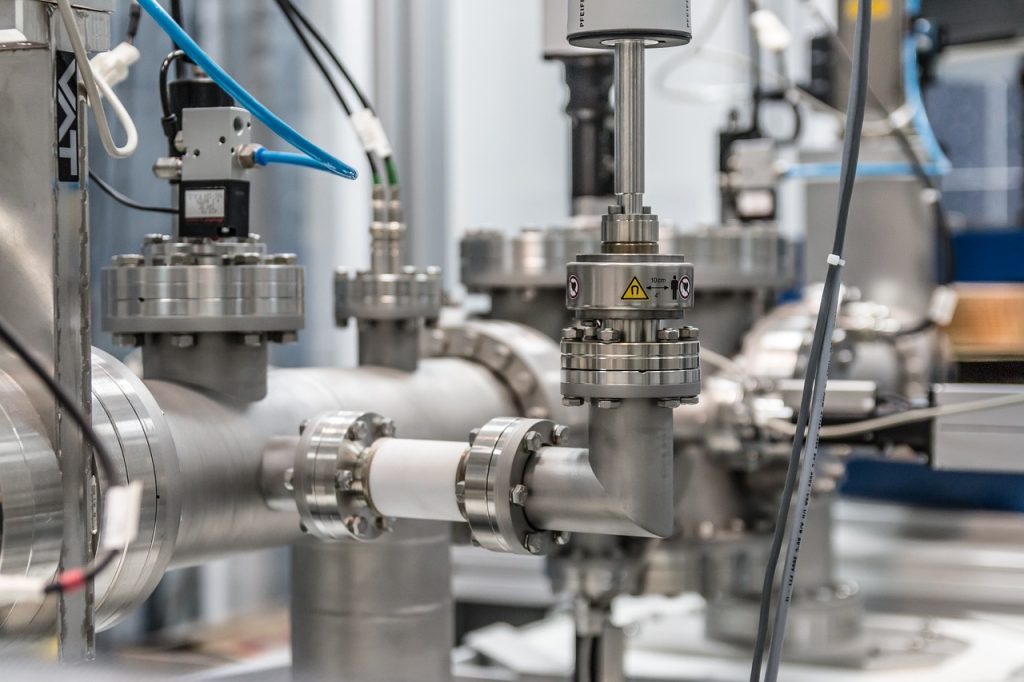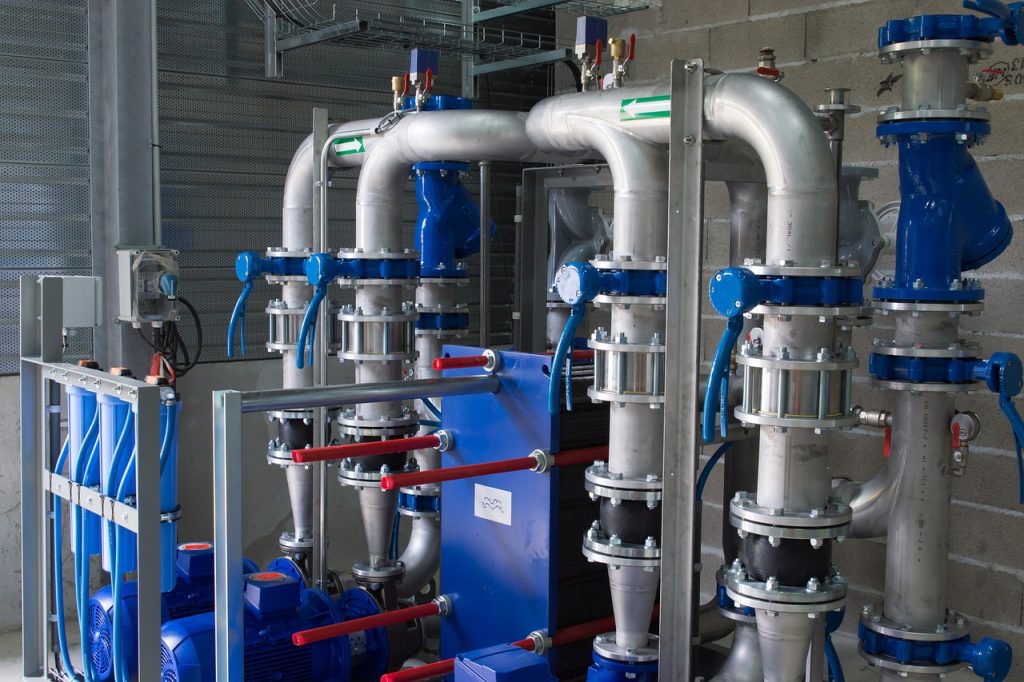Food Factories Intelligent Lighting Solutions
The lighting design for the purification and decoration of food workshops is of vital importance in modern food industry, as it ensures the cleanliness and hygiene of the food production environment. As a part of the purification and decoration of food workshops, lighting design not only affects the working environment within the workshop but also relates to production efficiency and the safety and health of employees. This article will introduce in detail how to create a lighting environment that meets purification requirements and also takes into account the comfort of work from aspects such as the principles of lighting design, selection of lighting fixtures, lighting layout techniques, and lighting control systems for food workshops.

I. Principles of Lighting Design
Brightness and Uniformity
In the clean workshop of a food factory, illuminance is the fundamental indicator of the lighting system. Due to the high clarity required for internal operations, it is necessary to ensure sufficient illuminance to support this demand. Additionally, a uniform illuminance distribution is also indispensable, as it can ensure that every corner of the workshop receives adequate light, thereby avoiding the formation of shadows and blind spots.

In conclusion, the lighting system in the clean workshop of a food factory must meet strict illuminance requirements to ensure the safety and efficient operation of the workshop.
General application areas: In the general processing areas of a food factory, to ensure that staff can clearly identify the objects they are operating on and the surrounding environment, the recommended average illuminance standard should not be lower than 300lx. For areas such as inspection zones and packaging zones that require extremely high visual accuracy, the illuminance standard should be raised to over 500 lx, or even higher, to ensure product quality and safety.
Auxiliary functional areas: For functional areas such as corridors, buffer rooms, and personnel and material purification rooms, the recommended illuminance should not be less than 100 lx to meet the needs of daily passage and observation.
Color Temperature and Color Rendering Index
In various areas of food factories, it is not only necessary to ensure a certain level of illuminance, but also the color temperature and light quality are key factors affecting visual effects and product quality. Therefore, choosing appropriate lighting equipment to ensure moderate color temperature and uniform light is crucial for enhancing the visual comfort of staff and ensuring product quality.
Color Temperature Selection:
It is recommended to use a color temperature similar to natural light, typically between 4000K and 5000K, to reduce visual fatigue and enhance employees’ color recognition and overall comfort.
Light Quality:
The light should be soft and stable, avoiding harsh glare to protect employees’ eyesight and ensure efficient work. The Color Rendering Index (CRI) should be no less than 80 to ensure accurate color reproduction of food and facilitate the identification of abnormal conditions.

Degree of protection
Given the high cleanliness requirements of food processing plants, the lamps used must have a certain level of protection. A protection level of IP65 or above can prevent dust from entering the lamp interior and can withstand high-pressure water flushing, ensuring that the lamps can still operate normally in harsh environments.
II. Lighting Fixture Selection
LED Lighting Fixtures
LED lighting fixtures have been widely used in food processing plants due to their energy-saving, long lifespan and low heat generation features. LED lighting fixtures can provide stable light output and do not contain harmful substances such as mercury, meeting environmental protection requirements. In addition, LED lighting fixtures also have good dimming performance and can adjust the brightness according to actual needs.
Explosion proof lamps
For food workshops that contain flammable and explosive substances, such as oil processing workshops, explosion-proof lamps should be used. These lamps are designed with special housing structures that can prevent electric sparks from causing explosion accidents and ensure production safety.
III. Lighting Techniques
Reasonable Arrangement of Lamps
The arrangement of lighting fixtures should follow the principle of “dispersed lighting”, avoiding concentrating too many light sources at one point to prevent local over-brightening. Generally, the distance between lighting fixtures should not be too large to ensure uniform light distribution within the workshop. For areas that require focused lighting, such as inspection tables and assembly lines, the density of lighting fixtures can be appropriately increased or directional lighting can be used.
Avoiding Glare
Glare refers to the phenomenon where intense light directly enters the eyes, causing a decline in vision or discomfort. To prevent glare from affecting employees, the following measures can be taken: First, choose lamps with light shields to reduce direct light; second, adjust the angle of the lamps so that the light is as parallel as possible to the line of sight; third, use diffuse reflection materials to allow the light to gently illuminate the work surface.

Emergency lighting system
In clean workshops, the setting of an emergency lighting system is of vital importance. It not only provides necessary lighting for the workshop in the event of a power failure or emergency, ensuring the safe evacuation of employees and the orderly progress of emergency work, but also serves as a backup lighting source during normal operations, adding an extra layer of safety to the workshop. Emergency lighting system: In the face of emergencies, this system plays a crucial role by providing essential lighting conditions, thereby ensuring that personnel can evacuate safely and orderly. It is particularly emphasized that the illuminance of emergency lighting must reach or exceed 20% of the normal lighting illuminance standard.
IV. Lighting Control System
Intelligent Control System
With the development of Internet of Things (IoT) technology, intelligent lighting control systems have gradually become mainstream. This system can automatically adjust the brightness of the lamps according to the actual lighting conditions in the workshop, saving energy. At the same time, it can also be remotely controlled through a mobile phone APP, allowing managers to check and adjust the lighting status at any time.
Zonal control
For large food processing plants, zonal control can be implemented based on the functional requirements of different areas. For instance, the raw material processing area can be set to a higher illuminance, while the office area can have a slightly lower brightness to save energy. Zonal control not only meets diverse work demands but also contributes to energy conservation and emission reduction.
Conclusion
The lighting design for food workshop purification and decoration is a systematic project that requires comprehensive consideration of multiple factors such as brightness, uniformity, color temperature, and color rendering index. By rationally selecting lighting fixtures, ingeniously arranging light sources, and adopting advanced control systems, a lighting environment that not only meets purification requirements but also enhances work efficiency can be created for food workshops. With the advancement of technology and the continuous innovation of design concepts, the lighting in future food workshops will become more intelligent and humanized, better serving food production and employee health.






